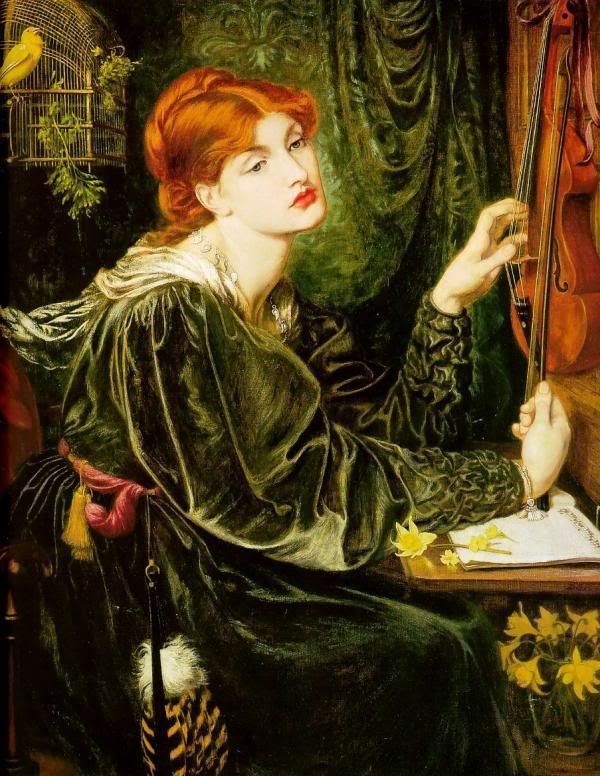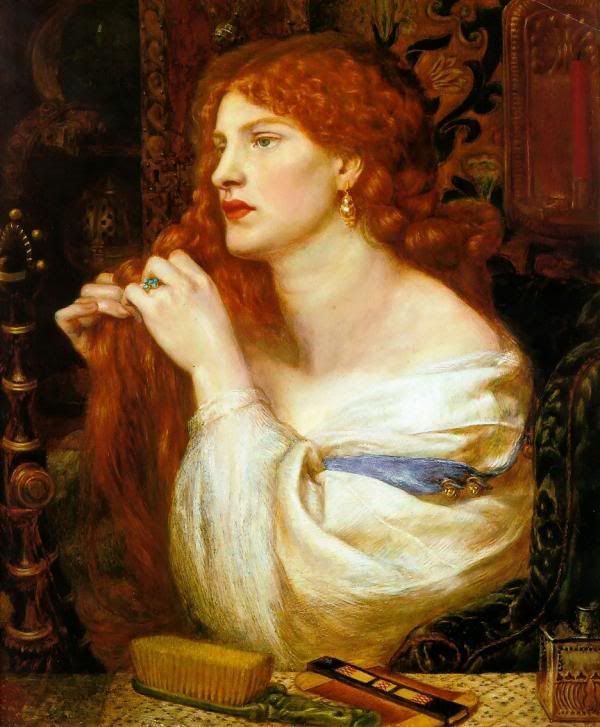Traveling within the World
Linking your favorite traveling artists across the globe
Ladies Of The Realm





Noble Women in Middle Ages
The Education of Noble Women in Middle Ages
The education of Noble women in the Middle Ages concentrated on the practical as opposed to academic. Young noble women as young as seven girls would be sent away from their home to live with another noble family. There she would be taught a range of subjects and skills. Manners and etiquette were of prime importance, including how to curtsey and how to mix with the greatest nobles in the land. Time would be spent learning how to dance and ride. Archery were also taught to young noble women. These young girls were expected to act as servants to the older ladies of the castle. The duties of the young noble women would be to look after clothes and the assist ladies with their dressing and coiffure. Some housewifely duties such as preserving fruits and household management would be taught, to prepare them for their duties as a married woman. High ranking young women would take on the role of ladies-in-waiting and were taught French. Young noble women would also be taught the principles of the Medieval Code of Chivalry and Courtly Love and would join the spectators at jousting tournaments.
The Age of Consent in the Middle Ages
The romance of Courtly love was completely opposite to the practicalities of Medieval marriage. The Age of Consent - With parental permission it was legal for boys to marry at fourteen and girls at twelve. A betrothal often took place when the prospective bride and groom were as young as 7 years old and in the case of Higher nobility many were betrothed as babies. But a marriage was only legal once the marriage had been consummated.
Noble Women and Marriage
Noble women had very little, if any, choice in who her husband might be. Marriages were frequently arranged so that both families involved would benefit. Marriages would be arranged to bring prestige or wealth to the family of noble women. Marriage for love was a rare occurrence. Noble women of the Middle Ages were expected to bring a dowry to the marriage. A dowry was an amount of money, goods, and property that the bride would bring to the marriage. The law gave a husband full rights over his wife, whether she was a Noble woman or a commoner. She effectively became his property. A wealthy marriage of a Noble woman was celebrated by nine days of feasting and jousting.
Married Noble Women of the Middle Ages
After marriage Noble women of the Middle Ages were expected to run the households but their main duty was to provide children. Large families were the norm in the Middle Ages as the mortality rate for children and babies was so high. Many Noble woman made arrangements for the care of their children in case they themselves died during childbirth. The life expectancy of a woman in the Middle Ages was just forty years. Most Medieval woman would become pregnant between 4 and 8 times. A woman during the Middle Ages would expect to lose at least one child.
Appearance of Noble Women of the Middle Ages
The appearance of a noble woman during the Middle Ages was important. A woman aged quickly during this era due to constant child bearing. Numerous pregnancies took their toll on a woman's body. The diet of noble women during the Middle Ages lacked Vitamin C which resulted in bad teeth and bleeding gums. To retain the appearance of youth a Noble woman of the middle Ages might even dye her hair yellow with a mixture of saffron, cumin seed, celandine and oil. Face make-up was applied to acquire a pale look. A pale complexion was so desirable that women were bled to achieve the desired look. Face paint made from plant roots and leaves was also applied.
Tags:
Replies to This Discussion
Events
-
2014 is the Chinese Year of the Horse
February 17, 2026 at 12am to February 5, 2027 at 12am – where & how you choose
Birthdays
Birthdays Tomorrow
Important (read & understand)
Skype: Travelingraggyman
Email and Instant Messenger:
TravelerinBDFSM @ aol/aim; hotmail; identi.ca; live & yahoo
OR
Travelingraggyman @ gmail and icq ***

1AWARD UPDATES & INFORMATION
10,000 votes - Platinum Award
5,000 votes - Gold Award
2,500 votes - Silver Award
1,000 votes - Bronze Award
300 votes - Pewter Award
100 votes - Copper Award
Member of the Associated Posting System {APS}
This allows members on various sites to share information between sites and by providing a by line with the original source it credits the author with the creation.
Legal Disclaimer
***************We here at Traveling within the World are not responsible for anything posted by individual members. While the actions of one member do not reflect the intentions of the entire social network or the Network Creator, we do ask that you use good judgment when posting. If something is considered to be inappropriate it will be removed
Site Meter
This site is strictly an artist operational fan publication, no copyright infringement intended
Patchwork Merchant Mercenaries had its humble beginnings as an idea of a few artisans and craftsmen who enjoy performing with live steel fighting. As well as a patchwork quilt tent canvas. Most had prior military experience hence the name.
Patchwork Merchant Mercenaries.
Vendertainers that brought many things to a show and are know for helping out where ever they can.
As well as being a place where the older hand made items could be found made by them and enjoyed by all.
We expanded over the years to become well known at what we do. Now we represent over 100 artisans and craftsman that are well known in their venues and some just starting out. Some of their works have been premiered in TV, stage and movies on a regular basis.
Specializing in Medieval, Goth , Stage Film, BDFSM and Practitioner.
Patchwork Merchant Mercenaries a Dept of, Ask For IT was started by artists and former military veterans, and sword fighters, representing over 100 artisans, one who made his living traveling from fair to festival vending medieval wares. The majority of his customers are re-enactors, SCAdians and the like, looking to build their kit with period clothing, feast gear, adornments, etc.
Likewise, it is typical for these history-lovers to peruse the tent (aka mobile store front) and, upon finding something that pleases the eye, ask "Is this period?"
A deceitful query!! This is not a yes or no question. One must have a damn good understanding of European history (at least) from the fall of Rome to the mid-1600's to properly answer. Taking into account, also, the culture in which the querent is dressed is vitally important. You see, though it may be well within medieval period, it would be strange to see a Viking wearing a Caftan...or is it?
After a festival's time of answering weighty questions such as these, I'd sleep like a log! Only a mad man could possibly remember the place and time for each piece of kitchen ware, weaponry, cloth, and chain within a span of 1,000 years!! Surely there must be an easier way, a place where he could post all this knowledge...
Traveling Within The World is meant to be such a place. A place for all of these artists to keep in touch and directly interact with their fellow geeks and re-enactment hobbyists, their clientele.
© 2024 Created by Rev. Allen M. Drago ~ Traveler.
Powered by
![]()